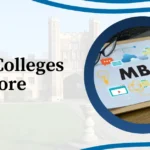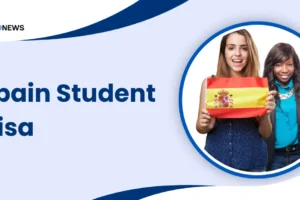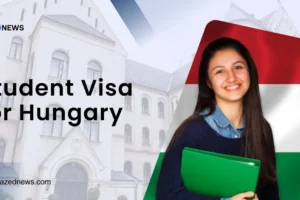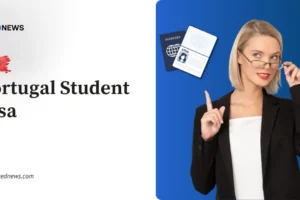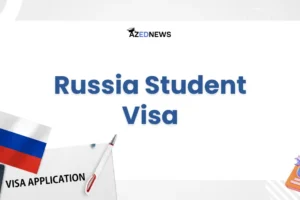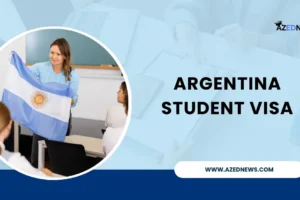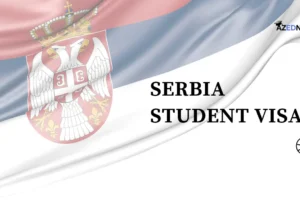Are you looking for an Indonesia student visa? If yes then you are at the right place. If you want to study in Indonesia, you will need an Indonesia Student...
Are you looking for Spain Student Visa, then you are on the right place. Spain is a preferred study destination among many international students. Along with...
Looking for Student Visa for Hungary? then you come to the right article. With 67 higher education institutes, Hungary provides all students with a top-notch...
Are you looking for a Portugal student visa? If yes then please keep reading. Portugal is in Southern Europe and famous for its beaches, food, and beautiful...
Are you looking for a Latvia student visa? If yes then please keep reading. If you are from EU countries or Switzerland, you do not need a study permit for...
Are you looking for a Greece student visa? If yes then you are at the right place. Many international students want to study in Greece. It has become a popular...
Are you searching detailed information about Russia Student Visa? then you have landed on the right article. Considered to be one of the largest countries in...
If you are thinking about studying in Poland, you need a Poland student visa. Poland has some top-notch universities, and that is why getting into those...
Students who are planning to study in Argentina will most likely require a Argentina Student Visa. The process and duration vary depending on the nationality...
Are you looking for information on Serbia Student Visa? then you are on the right article. Serbia is a country that shares its boundary with Hungary with...






